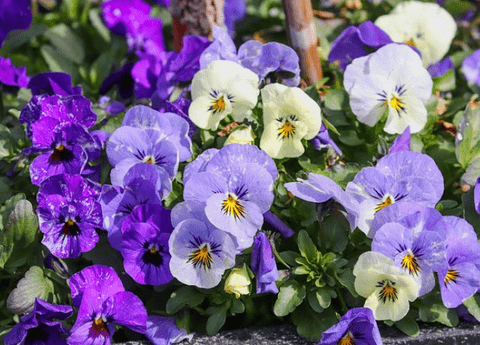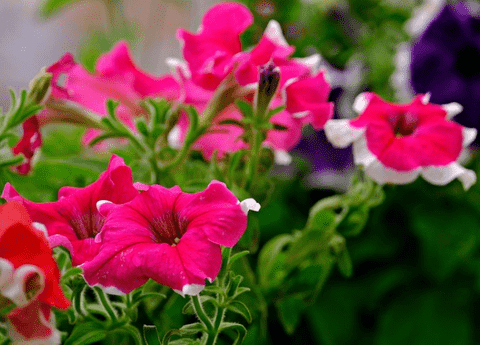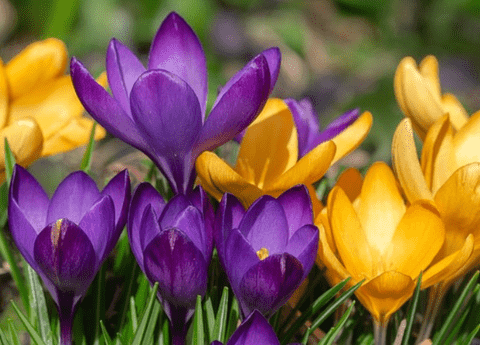The Ultimate Violets Care Guide: Tips for Thriving Indoor and Outdoor Violets
Table of Contents
Violets, with their charming blooms and vibrant colors, make a delightful addition to any garden or indoor space. Whether you’re a seasoned gardener or a beginner looking to add a touch of nature to your home, knowing how to grow and care for violets is essential for ensuring they thrive. This ultimate violet care guide will provide you with valuable violet plant tips, covering everything from indoor violet care to outdoor violet growth. Dive in to discover the best practices and expert advice for nurturing these beautiful plants, transforming your space into a haven of floral beauty.
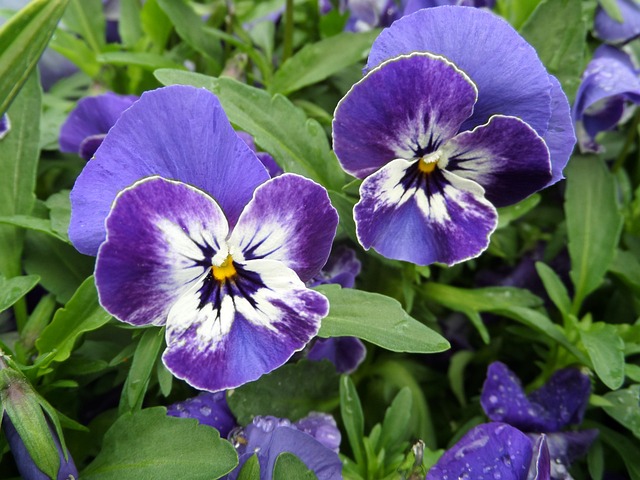
Understanding Violet Varieties
Choosing the Right Violets
Selecting the right violet variety is crucial for successful growth, whether indoors or outdoors. African violets, known for their stunning blooms and compact size, are ideal for indoor settings. They thrive in indirect sunlight and require consistent warmth. For outdoor gardens, consider hardy violets like the Sweet Violet or the Common Blue Violet. These varieties adapt well to various climates and can tolerate partial shade. When choosing violets, consider your climate, lighting conditions, and space availability. Research each variety’s specific needs to ensure they match your environment. It’s also wise to consult local nurseries or gardening communities for advice on violet varieties that flourish in your region. By selecting the right violets, you’ll set the foundation for a thriving floral display, enhancing both your indoor and outdoor spaces with their vibrant colors and charming presence.
Indoor vs. Outdoor Violets
When deciding between indoor and outdoor violets, it’s important to understand their distinct characteristics and requirements. Indoor violets, like African violets, are well-suited for environments where temperature and humidity can be controlled. They thrive under filtered, indirect sunlight and benefit from consistent temperatures, making them perfect for bright windowsills or well-lit rooms. On the other hand, outdoor violets, such as the Common Blue Violet, are more adaptable to changing weather conditions. They can handle partial shade and varying temperatures, making them suitable for garden beds or borders. When opting for outdoor placement, ensure good soil drainage to prevent root rot. Indoor violets require more frequent watering and attention to humidity levels, while outdoor varieties need protection from extreme weather. Each type offers its own set of challenges and rewards, but with careful consideration, you can successfully grow violets to enhance both your home and garden.
Essential Violet Care Guide
Indoor Violet Care Tips
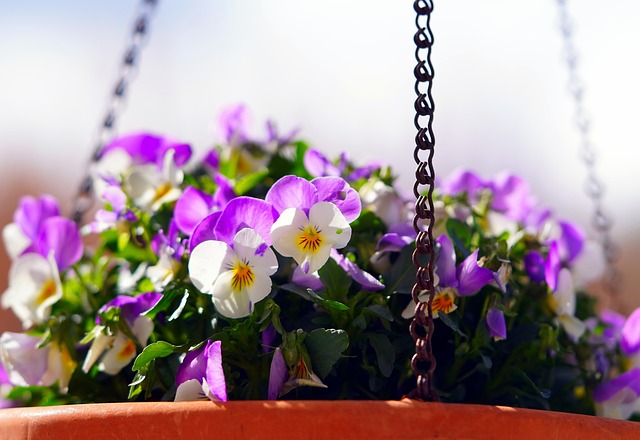
Caring for indoor violets requires attention to specific conditions that help them flourish. First, place your violets in a location with bright, indirect sunlight, as direct sunlight can scorch the leaves. A window facing north or east is usually ideal. Maintain a consistent temperature range of 65-75°F to keep the plants healthy. Humidity is also crucial, so consider using a humidity tray or misting the leaves to replicate their natural environment. Water your indoor violets from the bottom to avoid wetting the leaves, which can lead to spotting. Use water at room temperature and allow the soil to dry out a bit between waterings. Fertilize monthly with a balanced, water-soluble fertilizer to promote blooming. Additionally, remove any dead flowers or leaves to encourage new growth. With these indoor violet care tips, your plants will remain vibrant and healthy, adding a touch of natural beauty to your living space.
Outdoor Violet Growth Strategies
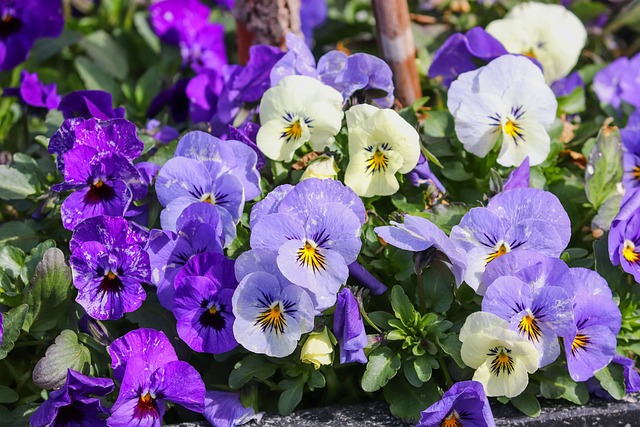
Growing violets outdoors involves understanding their environmental needs and implementing effective strategies. Violets prefer cool, moist conditions and often thrive in shaded or partially shaded areas. To ensure healthy growth, plant violets in well-draining soil rich in organic matter. Adding compost or leaf mold can improve soil quality and provide essential nutrients. Mulching around the plants helps retain moisture and suppress weeds, promoting vigorous violet growth. Regular watering is essential, especially during dry spells, but be careful not to overwater as violets dislike soggy soil. To encourage blooming, deadhead spent flowers and trim back excessive foliage. For outdoor violets, protection from harsh winds and extreme temperatures is crucial. Consider placing them near structures or taller plants that can shield them from the elements. With these outdoor violet growth strategies, you can create a lush, colorful garden that showcases the beauty and resilience of these charming plants.
Overcoming Common Violet Challenges
Addressing Pest Issues

Pests can pose a significant challenge when caring for violets, both indoors and outdoors. Common pests, such as aphids, spider mites, and mealybugs, can harm the leaves and hinder growth. To address these issues, start by regularly inspecting your plants for any signs of infestation, such as discolored leaves or sticky residue. If you discover pests, isolate the affected plant to prevent them from spreading. For minor infestations, washing the leaves with a mild soap solution can help remove pests. In more severe cases, consider using insecticidal soap or neem oil, which are effective yet gentle on violets. Ensure good air circulation around your plants, as this can deter pests and prevent conditions like mold or mildew. Maintaining a proper watering schedule also helps, as overwatering can create a favorable environment for pests. By staying vigilant and adopting these strategies, you can effectively manage pest issues and keep your violets healthy.
Solving Growth Problems
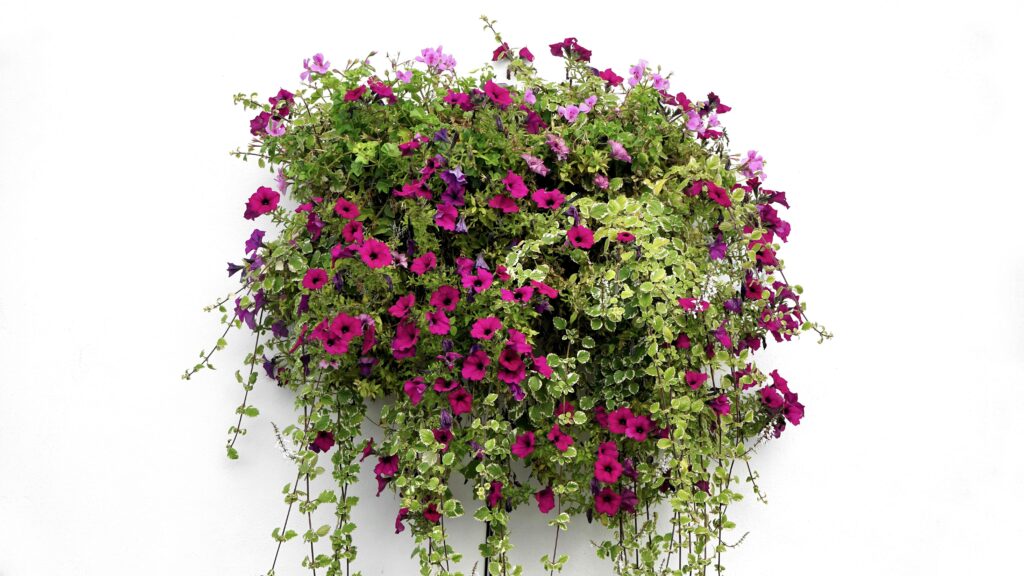
Growth problems in violets can arise from various factors, including improper lighting, watering issues, or nutrient deficiencies. If your violets are struggling to bloom or show signs of stunted growth, first assess their light exposure. Violets require bright, indirect light; too little light can impede flowering, while too much can burn the leaves. Adjust the plant’s location accordingly. Overwatering is another common issue, leading to root rot and poor growth. Make sure the soil drains well and allow it to dry out slightly between waterings. Nutrient deficiencies may also manifest as pale leaves or weak blooms. A balanced, water-soluble fertilizer applied monthly can replenish essential nutrients. Be careful not to over-fertilize, as it can harm the roots. Additionally, check for signs of overcrowding, as violets need space to thrive. Repotting in fresh soil can invigorate growth. By addressing these factors, you can solve growth problems and promote healthy, vigorous violet plants.

